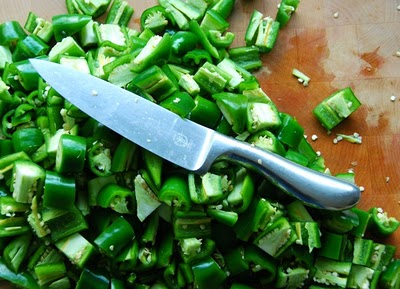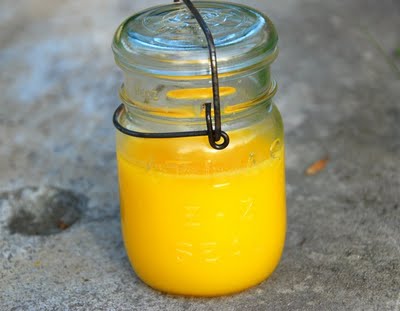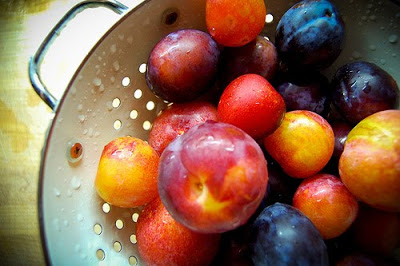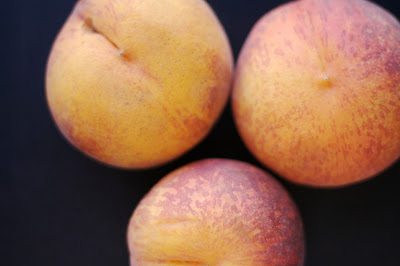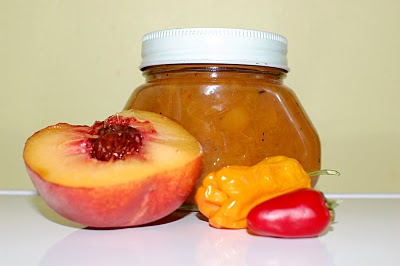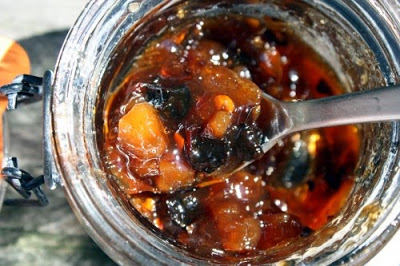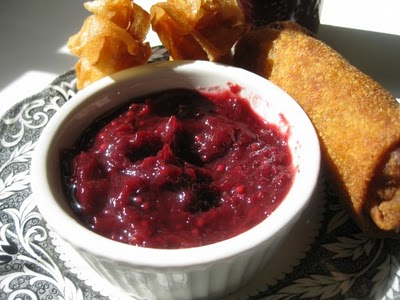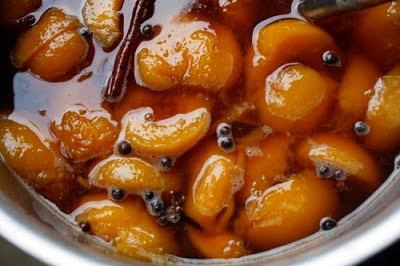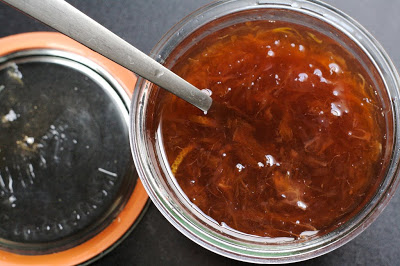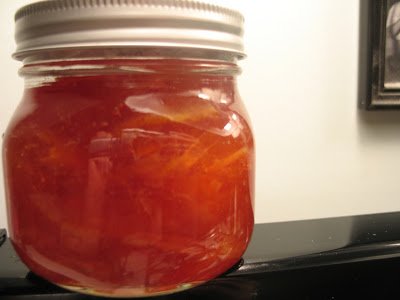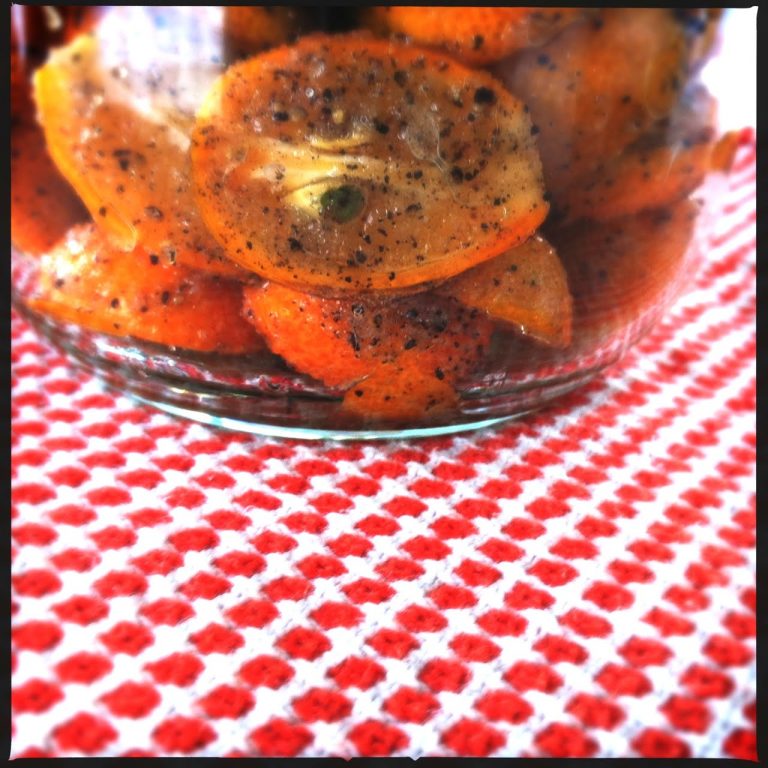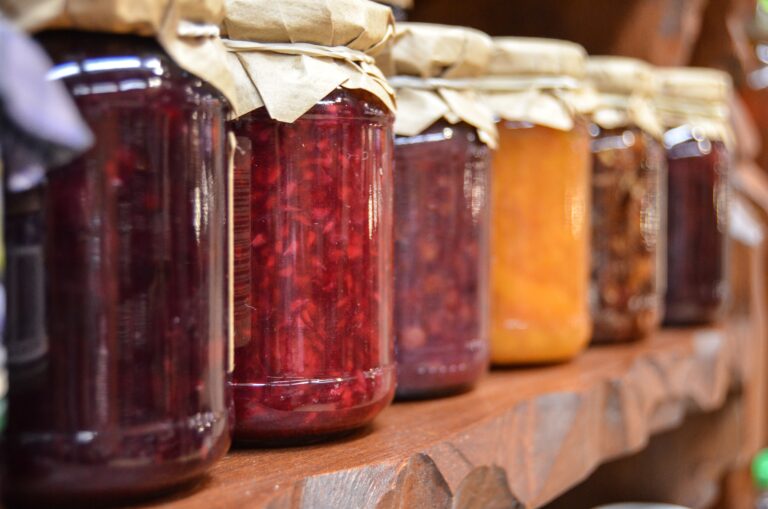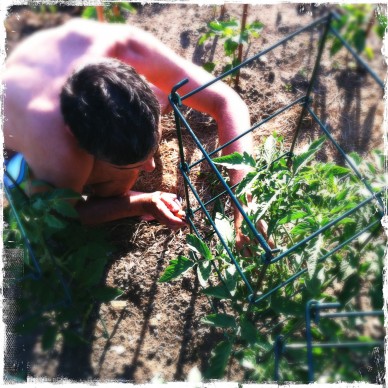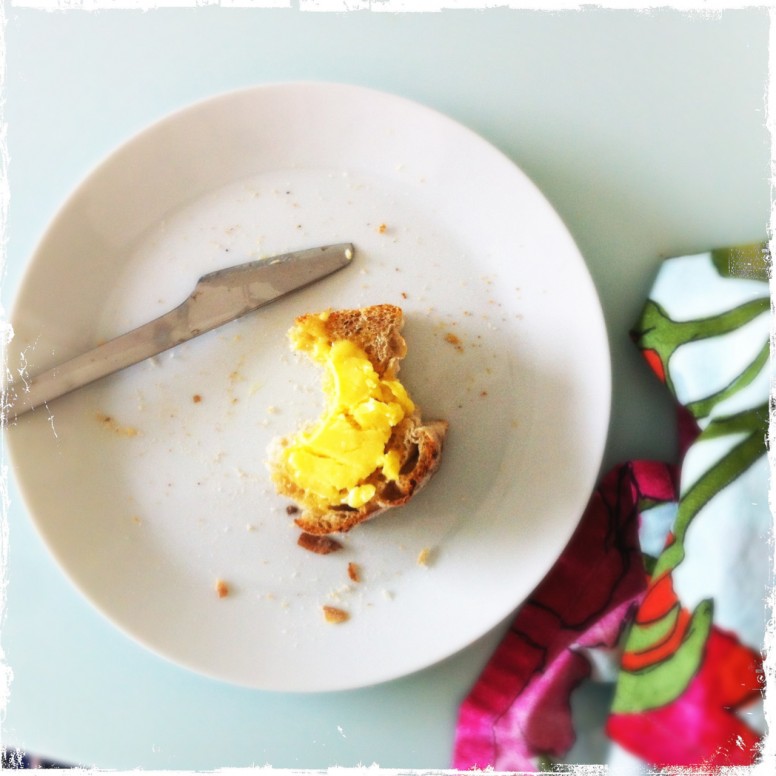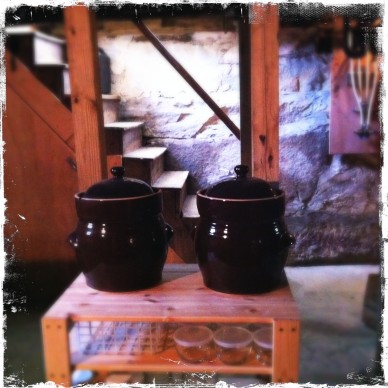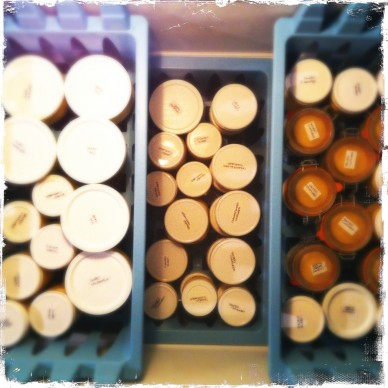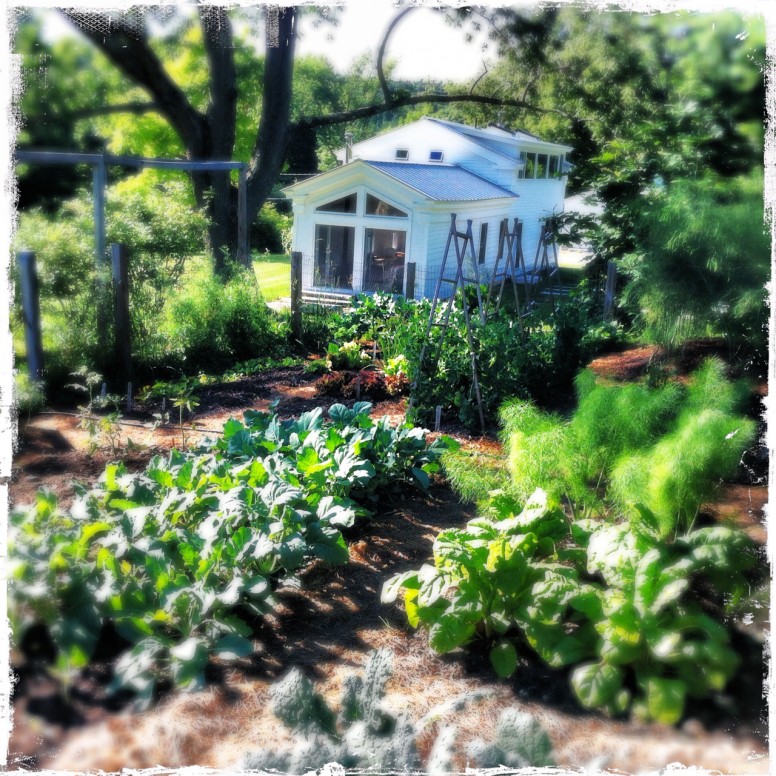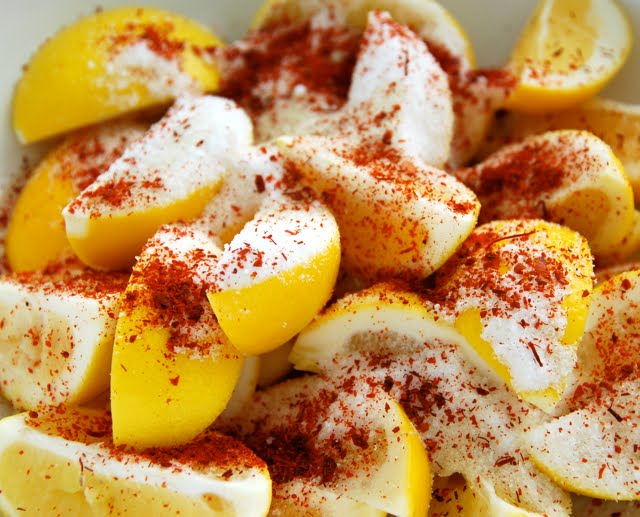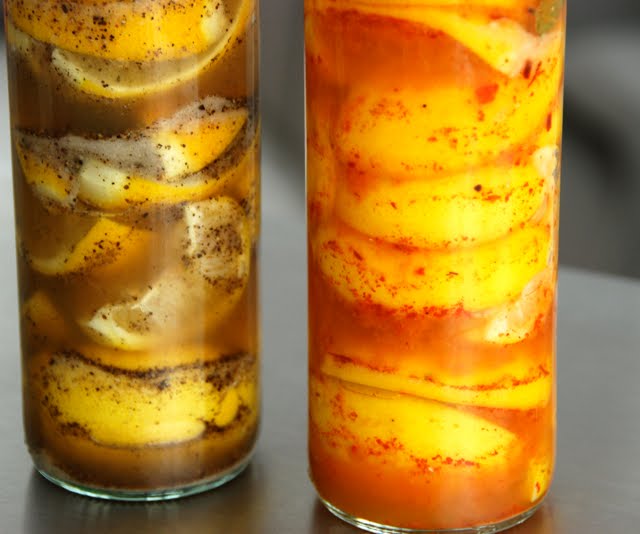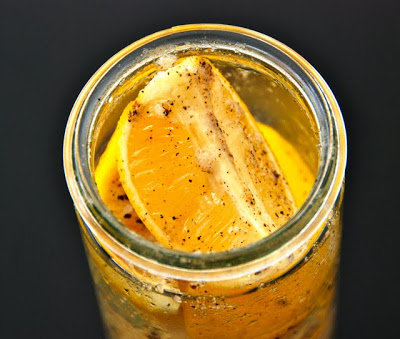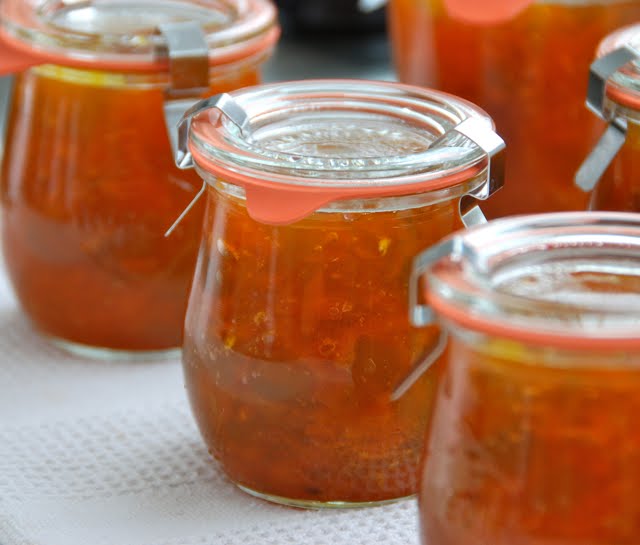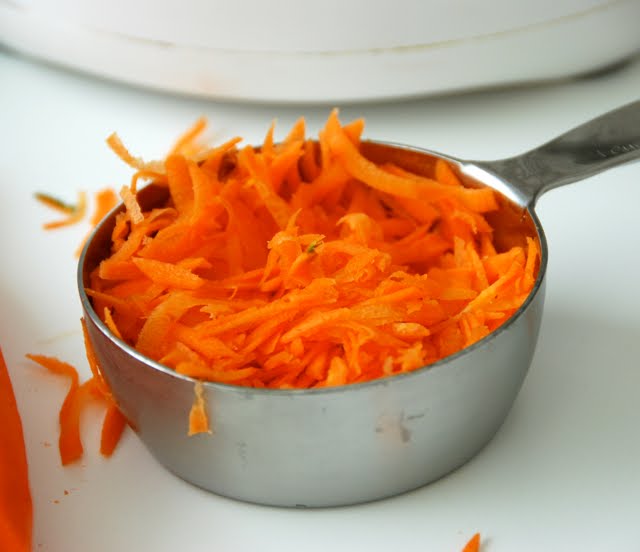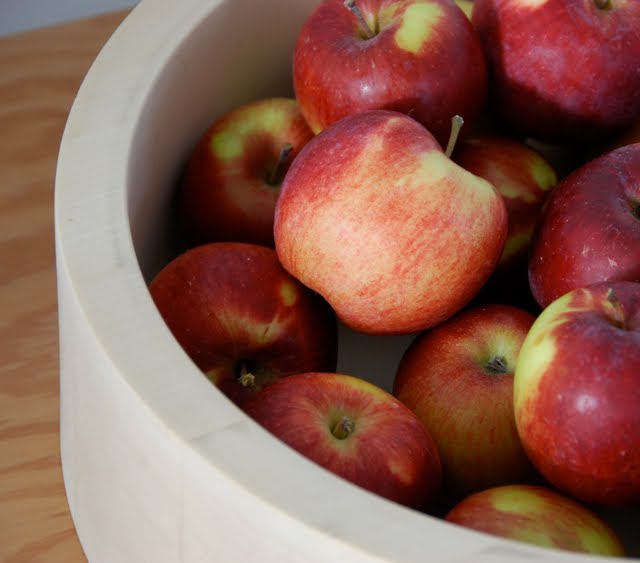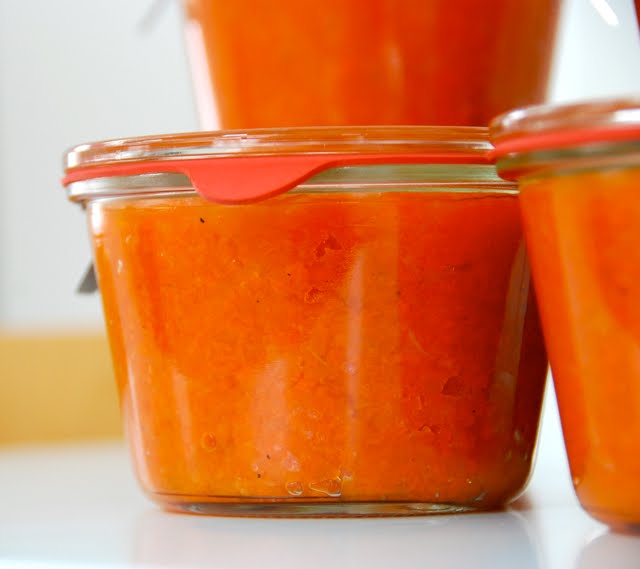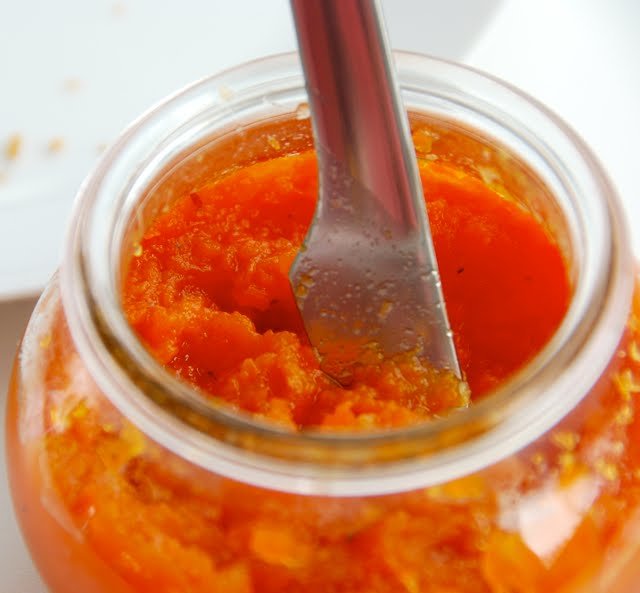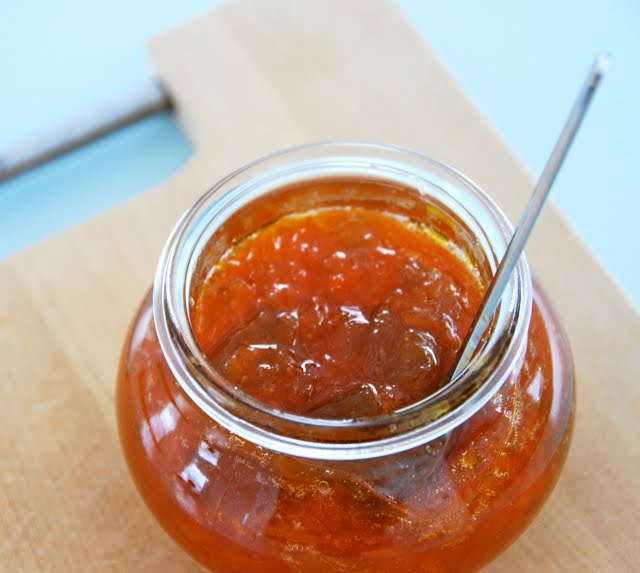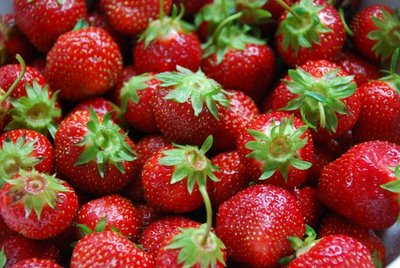 Yeah I know as well as you do that strawberries don’t have heads but I can call it that if I want. Why? Because this past weekend, in one of my finer pilgrim moments (ever wonder if they were actually grim?) I made 21 jars of it.
Yeah I know as well as you do that strawberries don’t have heads but I can call it that if I want. Why? Because this past weekend, in one of my finer pilgrim moments (ever wonder if they were actually grim?) I made 21 jars of it.
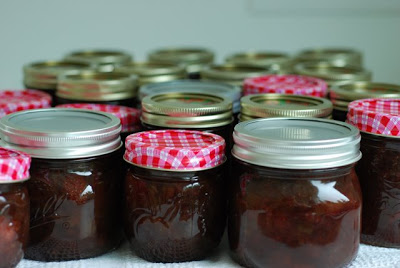 Ok, so they may not have heads (the strawberries that is) but they are shrunken, which intensifies their berryness. And bobbing around in a sea of rhubarb, well let me just say….if an actual pilgrim actually made this oh I don’t know… she would have been hanged.
Ok, so they may not have heads (the strawberries that is) but they are shrunken, which intensifies their berryness. And bobbing around in a sea of rhubarb, well let me just say….if an actual pilgrim actually made this oh I don’t know… she would have been hanged.
(I am in Massachusetts you know).
It’s that good. Now on to the reason I brought up pilgrims in the first place…this jam takes a few days to make. I know, I know, why take a few days to jam strawberries & rhubarb when there are so many recipes out there that do it in a day…a couple of hours even. Because it’s worth it.
This is beyond slow food people …it’s pilgrim time! speaking of pilgrimages, this year I was not alone at thompson finch farm. M’s mom, otherwise known as my favorite mother-in-law, helped with the 40 pound bounty.
She likes strawberries.
See:
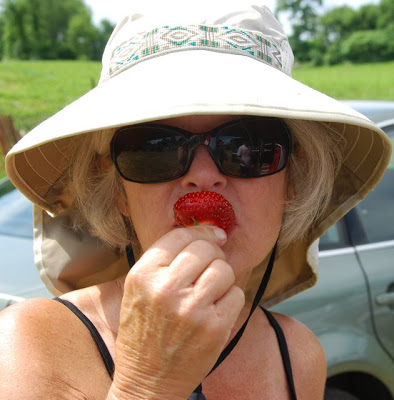 It’s all about timing it correctly and it is not difficult at all, so get that b outta your bonnet and get on it!
It’s all about timing it correctly and it is not difficult at all, so get that b outta your bonnet and get on it!
Rhubarb & Shrunken Strawberry Head Jam
4 1/2 pounds strawberries – after the hull
7 1/2 cups of sugar*
juice of 2 smallish lemons
2 1/4 pounds rhubarb – sliced lengthwise, then diced
3 3/4 cups sugar*
Juice of 1 smallish lemon
About 15 half pint jars, or 8 pint jars
*I always use raw sugar which is why my jams look a bit darker than most. I know that most jamming books suggest white sugar so as not to darken the color or alter the taste. I rarely eat white sugar so I can’t bring myself to put it in jams. It’s up to you, just don’t use brown or any other from of sweetener or you will alter the color/taste/gel greatly.
This recipe can easily be cut in half. Yes, the ingredients are in two separate groups because you have to make two separate jams. I will assume you want to make it in the evening and lay it out that way, but you can switch it around to do the final jamming in the morning if that better suits you. Here goes:
Day 1 -in the am
1. Rinse and drain the strawberries before they are hulled, I even dry them out on a paper towel first before I hull them to get off excess water. To hull just take the green off, don’t dig in the the center of the berry. keep them whole.
2. Place them in a stainless steel pot with sugar (just the 7 1/2 cups). Start with a layer of berries and then a layer of sugar, etc. Pour juice of 2 lemons over. Place top on pot and let macerate out of fridge for 8 or so hours.
Day 1 -in the pm
1. Separate the berries from the juice – use a handled skimmer or strainer and take the berries out and place them in a bowl, keeping the juice in the pan. I like to place the berries in a colander over a bowl, and then pour the excess juice back in the pan. Remember you are trying to keep the strawberries whole and intact so you want to be careful. Bring the juice to a boil and boil for 5 minutes. Take off heat and place the strawberries back in the hot syrup. Cover and leave to macerate out of fridge overnight.
Day 2 -in the am
1. Keeping the strawberries in the syrup this time bring the whole thing to a boil. Once it boils take off heat and let macerate for 8 hours out of fridge.
Day 2 -in the pm
Bring strawberry mixture to boil then macerate as above.
Day 3 -in the am
Bring strawberry mixture to boil then macerate as above.
1. Clean and mince rhubarb and place in a bowl with remaining sugar and juice of 1 lemon. you can stir this a bit. Let this macerate out of fridge until ready to jam.
2. Get your jars together – clean them in hot soapy water or put in the dishwasher.
Day 3 -in the pm
Bring strawberry mixture to boil and macerate as above.
(You’re not seeing quadruple people, this boiling of the berries has to be done 4 times, that’s how we get shrunken strawberry heads!)
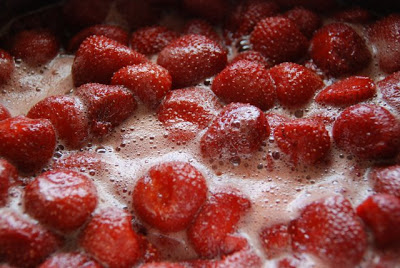 Here’s where it all kicks in so plan accordingly! Allow yourself a couple of hours to jam.
Here’s where it all kicks in so plan accordingly! Allow yourself a couple of hours to jam.
1. Start by placing your clean jars in the canning pot and turning up the heat to sterilize them in boiling water for 10 minutes. You should also place 3 small plates in the freezer – you will use these to check the set later.
2. Separate the berries from the syrup as in step 1 under day 1 -in the pm.
3. Bring the syrup to the boil and boil for 5 minutes.
4. Return the berries to pan and bring to the boil. Make sure it comes back to a solid boil, skim foam gently if needed. Take off heat.
5. Separate the rhubarb from its juice (using the same technique as the strawberries). Pour syrup into its own pan and bring it to a boil. Continue boiling until it reaches 221 degrees on a candy thermometer, skimming any foam off of the top.
6. Add the diced rhubarb and bring back to a boil. Boil for 5 minutes, continuing to skim if needed.
7. Combine rhubarb and strawberry mixtures and bring to a boil for 3 minutes or until set. To check, take off the heat and place a teaspoon of jam on one of the frozen plates. Place the plate back in the freezer for about a minute. Then run finger through jam and see if it it wrinkles under your finger slightly. If it is not sufficiently set, bring back to a boil for another minute and then try again. You may need to do this a couple of times.
There is no store-bought pectin here, and strawberries are not high in natural pectin at all, so do not expect this jam to be highly gelled. But it will gel sufficiently and not be runny for sure. You don’t want to overcook this, the strawberries should remain whole and the pieces of diced rhubarb fairly intact.
Meanwhile, back at the canning pot; I trust that your jars have been boiling for at least 10 minutes (once they have, turn burner on low).
8. Boil filled jars for 5 minutes in a hot water bath and there you have it! See those little strawberry heads in there? -yum!
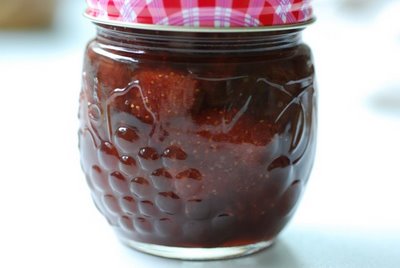 One more thing that you might find useful, strawberries freeze beautifully, and here’s the trick:
One more thing that you might find useful, strawberries freeze beautifully, and here’s the trick:
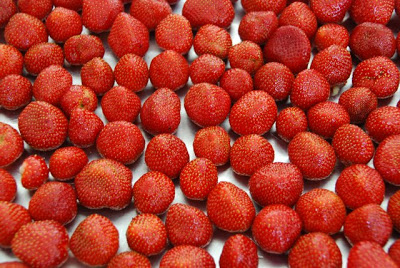 1. Rinse them in cold water before you hull them.
1. Rinse them in cold water before you hull them.
2. Drain and place on paper towel.
3. Hull – just take the green leaves off – do not dig into berry.
4. Place on cookie sheet or plates and freeze.
5. Once frozen, put them in bags.
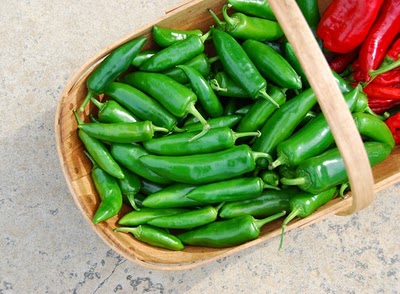 My tomatoes might have been a little worse for wear after my 3 week absence, most of them took a suicide leap that ended in a bloody-red mess. I did however, manage to save a couple-eight pounds of them. And proceeded to make this again this year – if you have a bunch of overripe tomatoes, make it now…and thank me later. Back to the point of this post:
My tomatoes might have been a little worse for wear after my 3 week absence, most of them took a suicide leap that ended in a bloody-red mess. I did however, manage to save a couple-eight pounds of them. And proceeded to make this again this year – if you have a bunch of overripe tomatoes, make it now…and thank me later. Back to the point of this post: I cook up this Indian-style chile pickle when I have an abundance of chiles. Any kind will do – hot or hotter. It’s cooked down, loaded with chiles, garlic and ginger, and packed with oil. So don’t even think about hot water bath canning it. I put mine in the fridge in little jars, which lasts a year or even up to two!
I cook up this Indian-style chile pickle when I have an abundance of chiles. Any kind will do – hot or hotter. It’s cooked down, loaded with chiles, garlic and ginger, and packed with oil. So don’t even think about hot water bath canning it. I put mine in the fridge in little jars, which lasts a year or even up to two!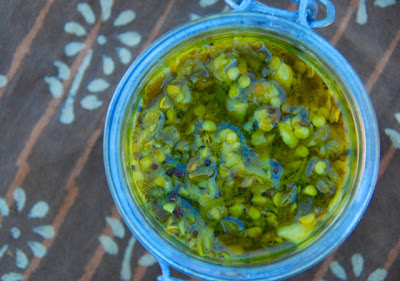 Hot Damn Chile Pickle!
Hot Damn Chile Pickle!